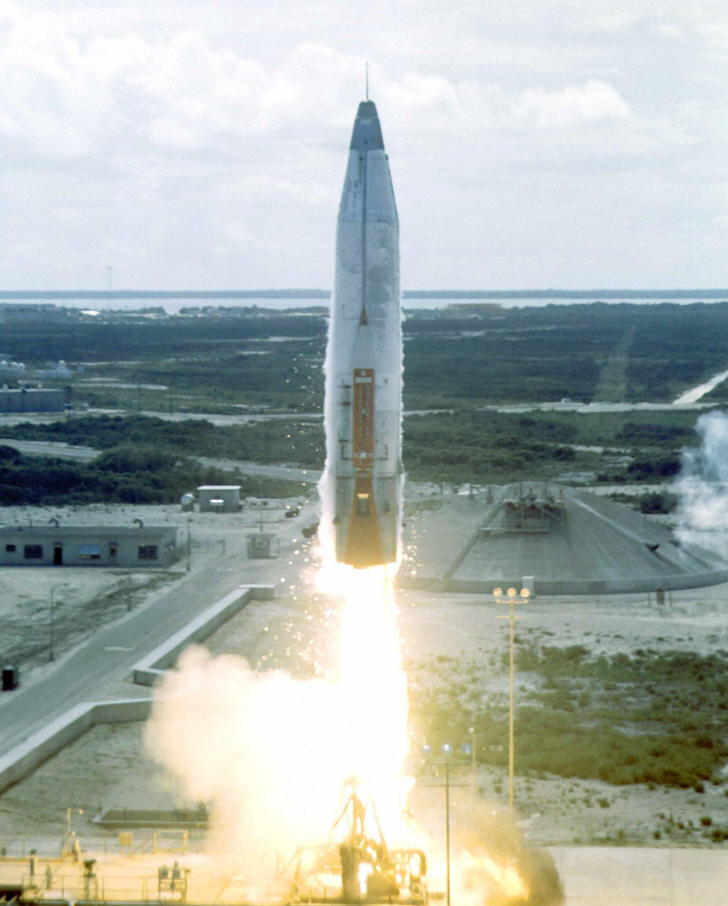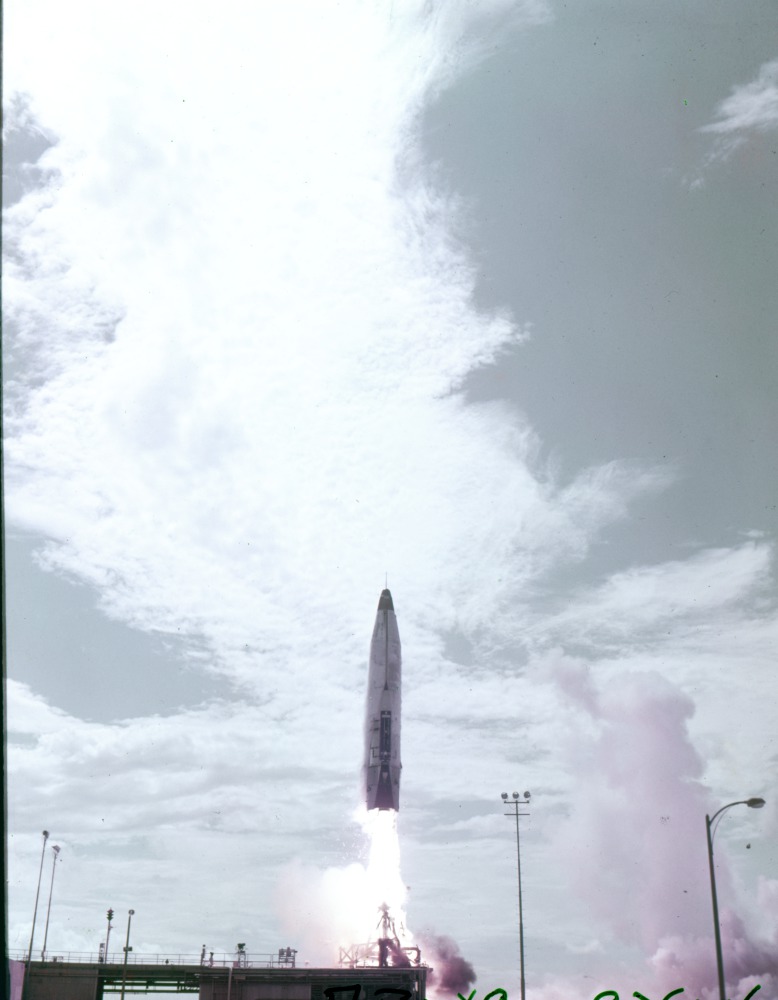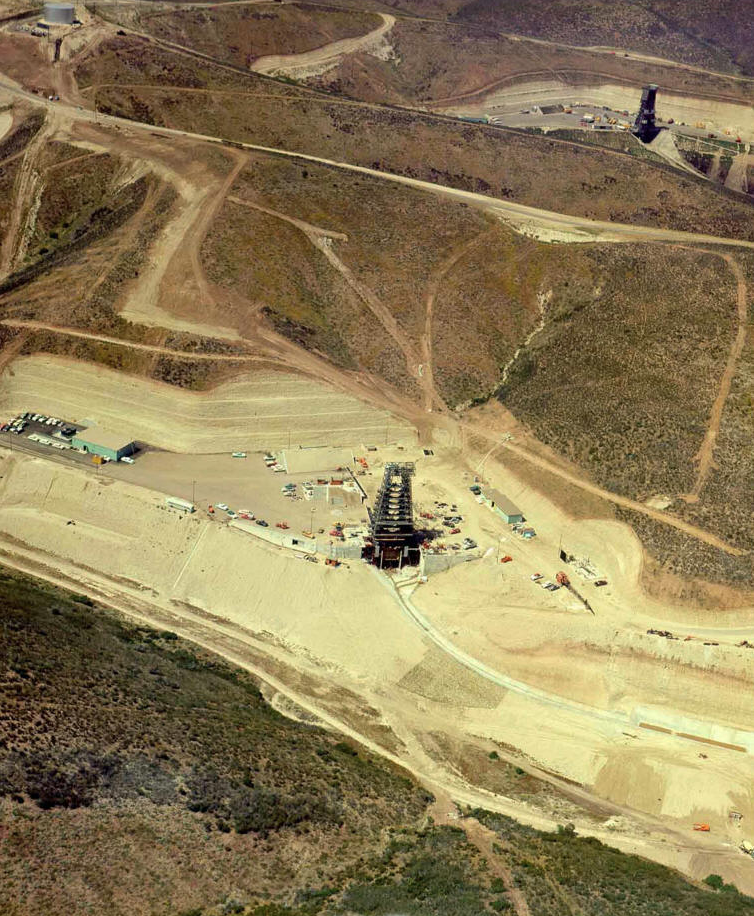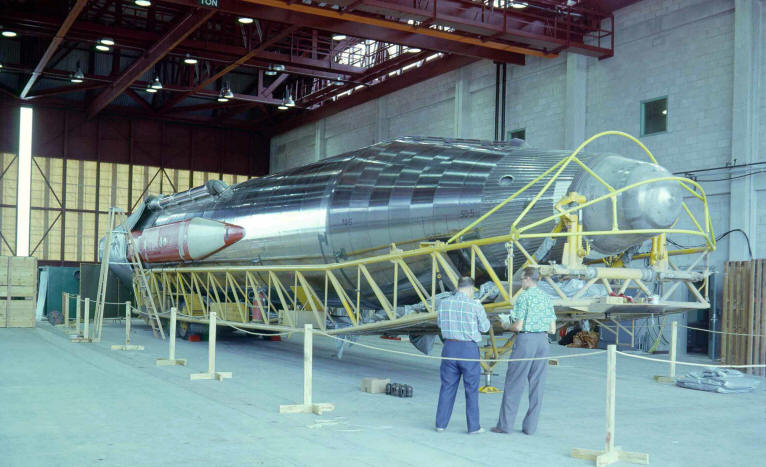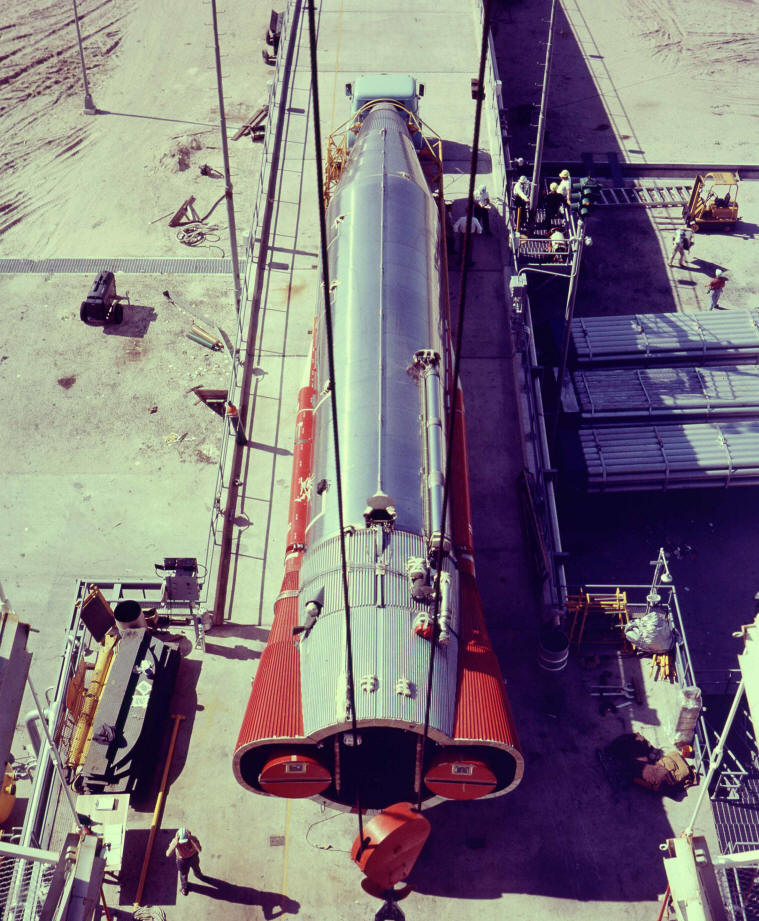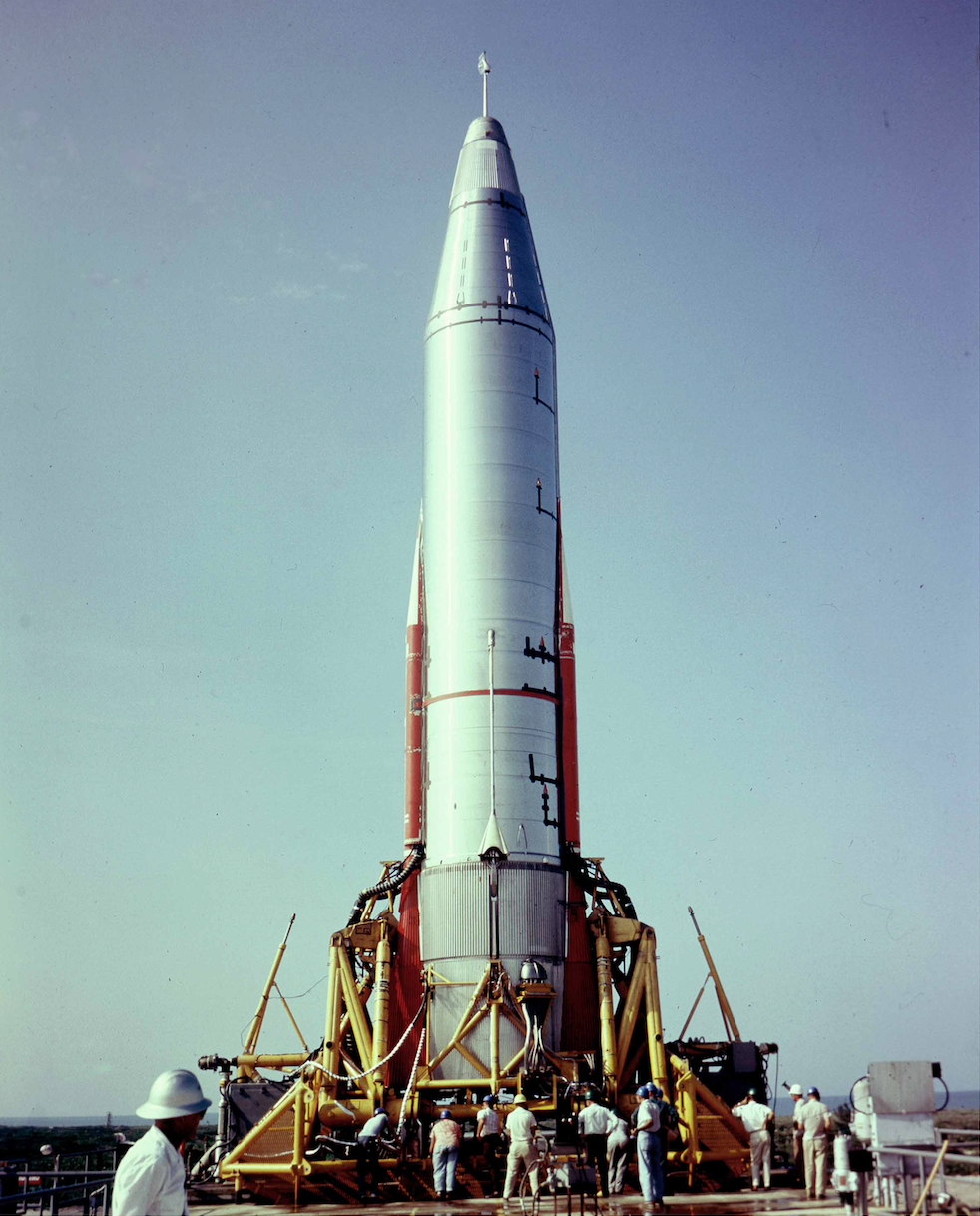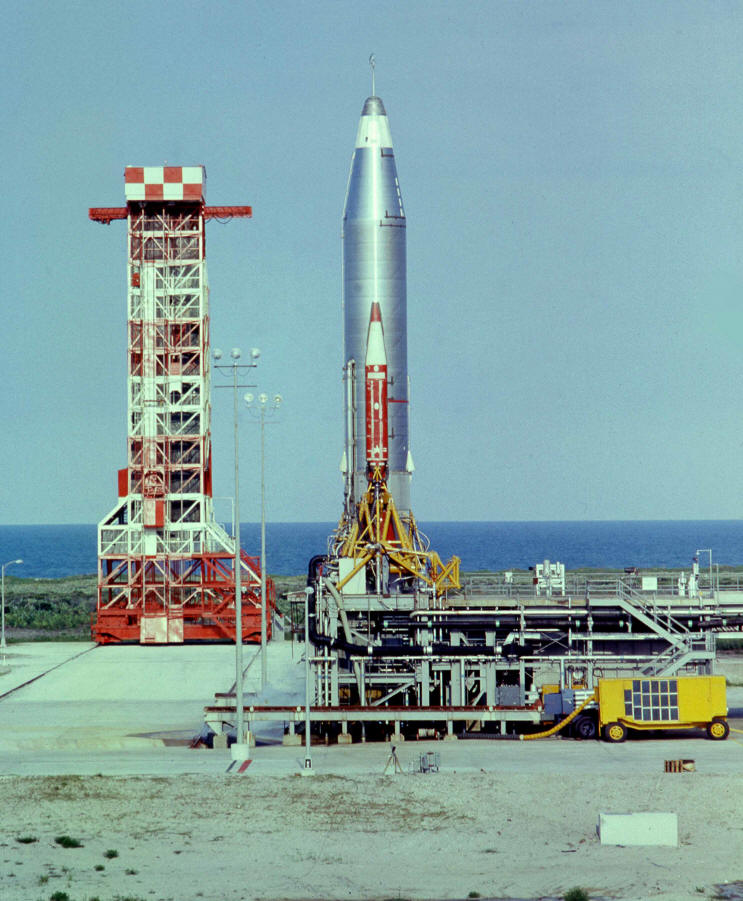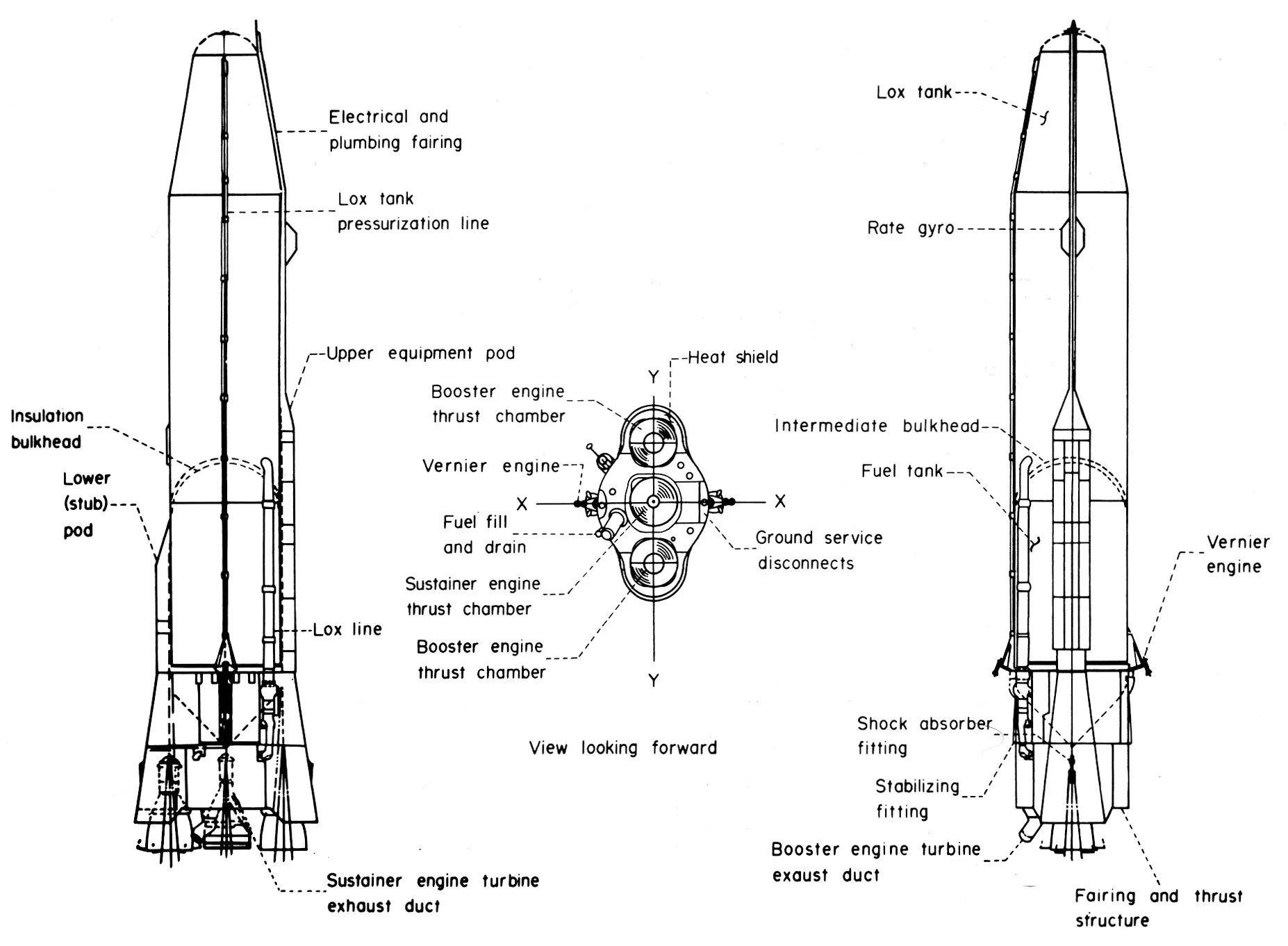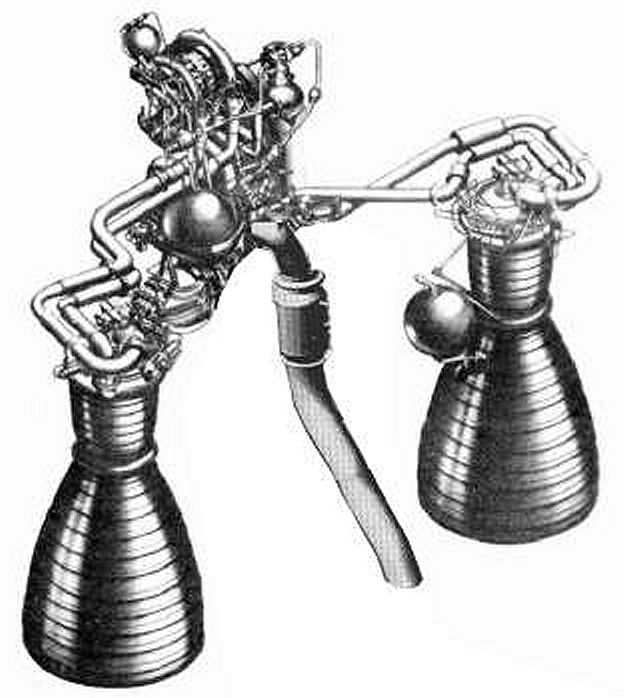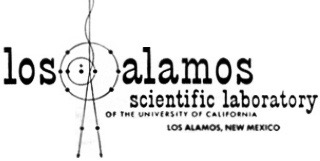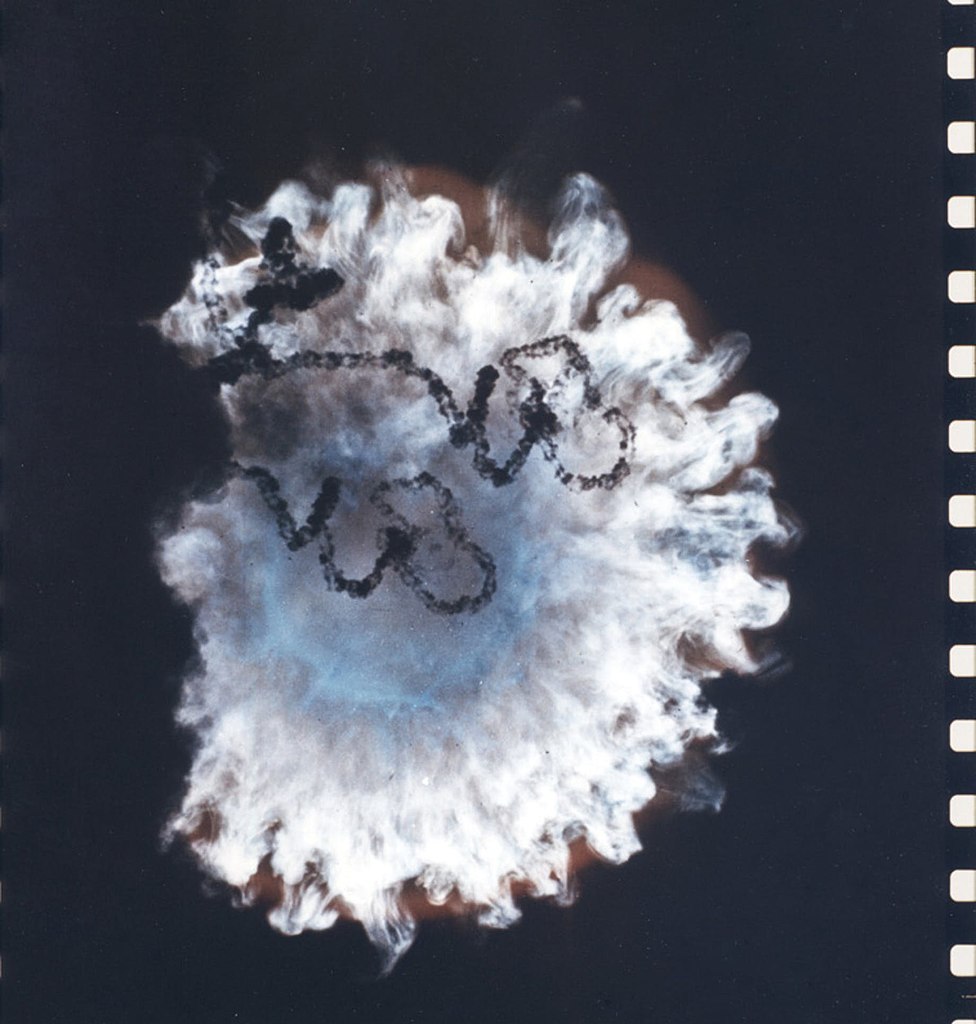
9 July 1962: At 09:00:09 UTC, the United States detonated a thermonuclear warhead over the Pacific Ocean. This was part of the Operation Dominic-Fishbowl test series at Johnston Island, and was designated Starfish Prime.
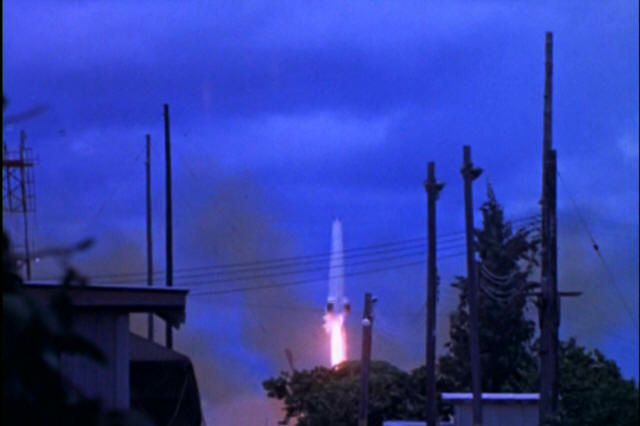
At 08:46:28 UTC, a Douglas Thor DSV2E orbital launch vehicle, serial number 195, was launched from missile complex LE-1 on Johnston Island, carrying a W-49 warhead in an AVCO Corporation Mk-2 reentry vehicle. The rocket also carried three instrumentation pods which were jettisoned at pre-selected altitudes. The W-49 reached a peak altitude of 600 miles (965 kilometers) along a ballistic trajectory, and then began to descend.
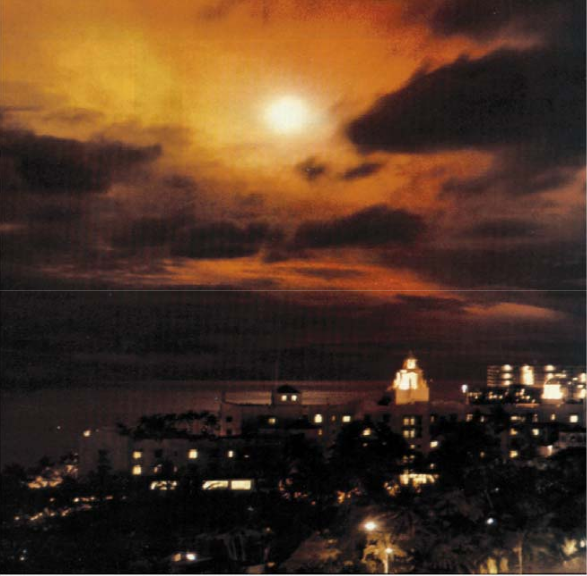
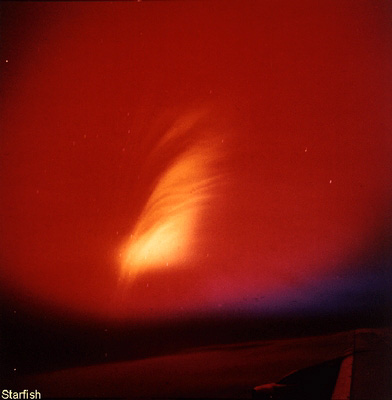
The W-49 detonated 36 kilometers (22 miles) southwest of Johnston Island at an altitude of 400 kilometers (246 miles) with an explosive yield of 1.45 megatons. The point of detonation deviated from the planned Air Zero by 1,890 feet (576 meters) to the north, 2,190 feet (668 meters) east, and +617 feet (188 meters) in altitude. The fireball was clearly visible in the Hawaiian Islands, more than 800 miles (1,288 kilometers) away.
The electromagnetic pulse (EMP) damaged electrical systems in The Islands, cutting power, damaging equipment and interrupting telephone systems. Brilliant auroras were visible, lasting about 7 minutes.
Telstar, an American communications satellite that was placed in Earth orbit the following day, was also damaged by residual radiation from the detonation.
The Starfish Prime experiment was for the purpose of “Evaluation of missile kill mechanisms produced by a high altitude nuclear detonation.” The electromagnetic effects on communications were also studied.
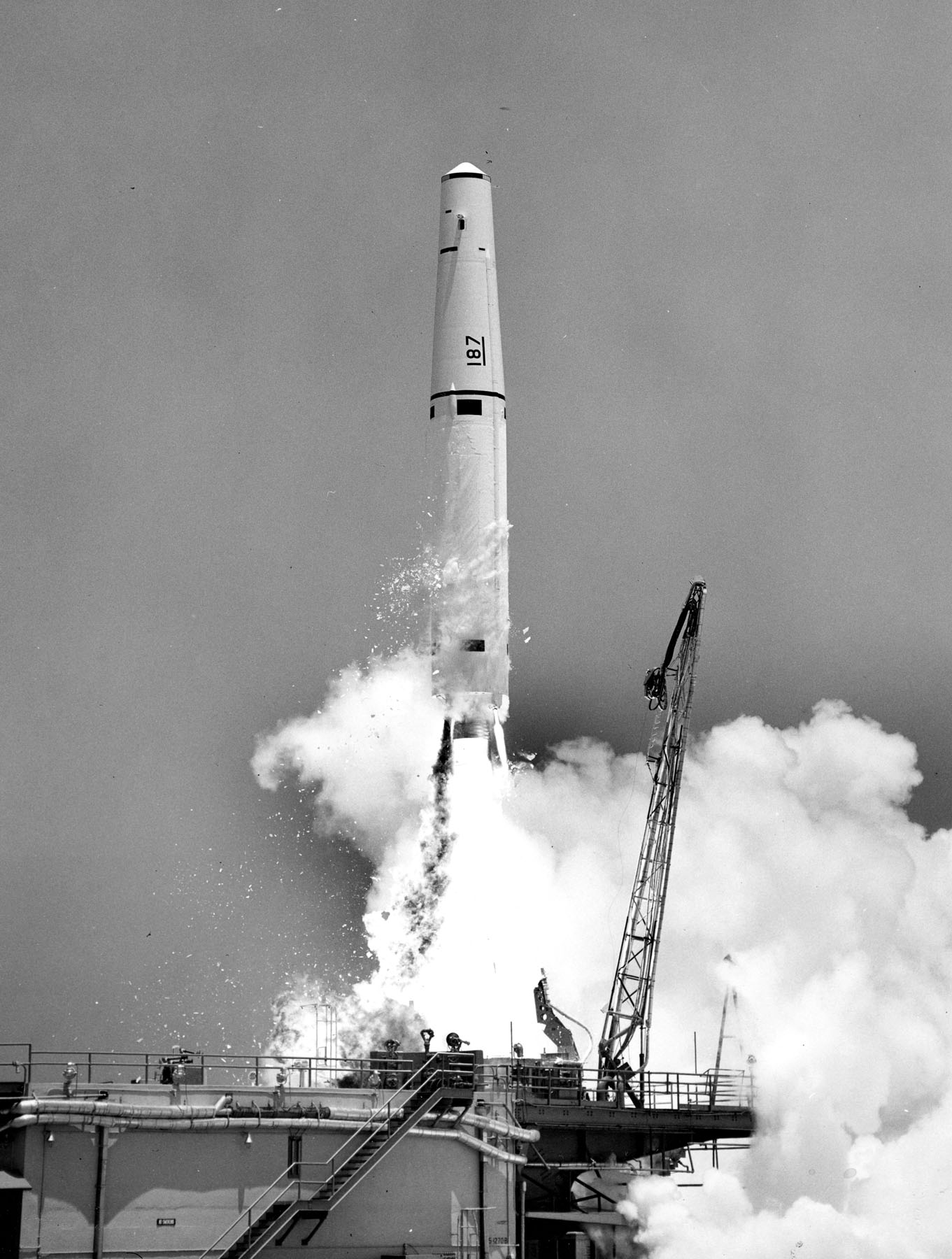
 The Thor DSV2E was an orbital launch variant of the Douglas Aircraft Company SM-75 Thor IRBM. This was a single-stage nuclear-armed intermediate-range ballistic missile, 61 feet, 3.91 (19.692 meters) long and 8 feet, 0.00 inches (2.438 meters) in diameter. With the Mk-2 reentry vehicle, the overall length of the missile was 63 feet, 7.38 inches (19.390 meters). It weighed 109,800 pounds (49,805 kilograms) at liftoff and 6,889 pounds (3,124 kilograms) at burnout.
The Thor DSV2E was an orbital launch variant of the Douglas Aircraft Company SM-75 Thor IRBM. This was a single-stage nuclear-armed intermediate-range ballistic missile, 61 feet, 3.91 (19.692 meters) long and 8 feet, 0.00 inches (2.438 meters) in diameter. With the Mk-2 reentry vehicle, the overall length of the missile was 63 feet, 7.38 inches (19.390 meters). It weighed 109,800 pounds (49,805 kilograms) at liftoff and 6,889 pounds (3,124 kilograms) at burnout.
![]() The SM-75 was powered by one Rocketdyne LR79-NA-9 rocket engine which produced 150,000 pounds of thrust (667.23 kilonewtons). Two Rocketdyne LR101-NA-9 vernier engines of 1,000 pounds thrust (4.45 kN), each, provided directional control and thrust adjustments. The Thor was fueled with kerosene and liquid oxygen sufficient for 156 seconds of main engine burn time.
The SM-75 was powered by one Rocketdyne LR79-NA-9 rocket engine which produced 150,000 pounds of thrust (667.23 kilonewtons). Two Rocketdyne LR101-NA-9 vernier engines of 1,000 pounds thrust (4.45 kN), each, provided directional control and thrust adjustments. The Thor was fueled with kerosene and liquid oxygen sufficient for 156 seconds of main engine burn time.
The Thor could reach a maximum speed of 11,020 miles per hour (17,735 kilometers per hour) and had a maximum range of 1,500 miles (2,414 kilometers).
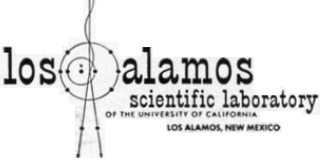 The W-49 thermonuclear warhead was designed by the Los Alamos Scientific Laboratory (LASL) and is believed to be a development of the earlier B-28 two-stage radiation-implosion bomb. It incorporated a 10-kiloton W-34 warhead as a gas-boosted fission primary, and had a one-point-safe safety system. The warhead had a diameter of 1 foot, 8 inches (0.508 meters) and length of 4 feet, 6.3 inches (1.379 meters). It weighed 1,665 pounds (755 kilograms).
The W-49 thermonuclear warhead was designed by the Los Alamos Scientific Laboratory (LASL) and is believed to be a development of the earlier B-28 two-stage radiation-implosion bomb. It incorporated a 10-kiloton W-34 warhead as a gas-boosted fission primary, and had a one-point-safe safety system. The warhead had a diameter of 1 foot, 8 inches (0.508 meters) and length of 4 feet, 6.3 inches (1.379 meters). It weighed 1,665 pounds (755 kilograms).

© 2020, Bryan R. Swopes
